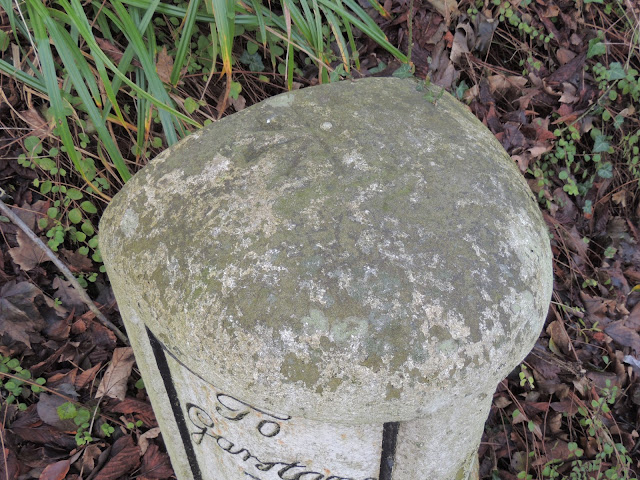Preston Abstinence Memorial

Preston Abstinence Memorial Located in Preston Cemetery, this memorial, erected in 1859, commemorates the success of the Teetotal Movement. Preston was an early centre of the Temperance movement - the campaign against alcohol, which was the major mass-movement social campaign of the nineteenth century. At a meeting of the Preston Temperance Society in September 1832, the principle of 'Total Abstinence' was adopted. The memorial is surrounded by monuments to Temperance activists, including Joseph Livesey , the 'Father of Teetotalism'. There is also a monument to Edward Grubb, the last survivor of the 'Seven Men of Preston', who signed the first 'Total Abstinence' pledge in 1832. Grubb is actually buried in Harrogate, but there is a stone in Preston Cemetery that reproduces the inscription from his gravestone. Preston Abstinence Memorial. Preston was a centre of the Temperance movement Uncovering England’s Secret and Unknown Memorials During 2018 His...






